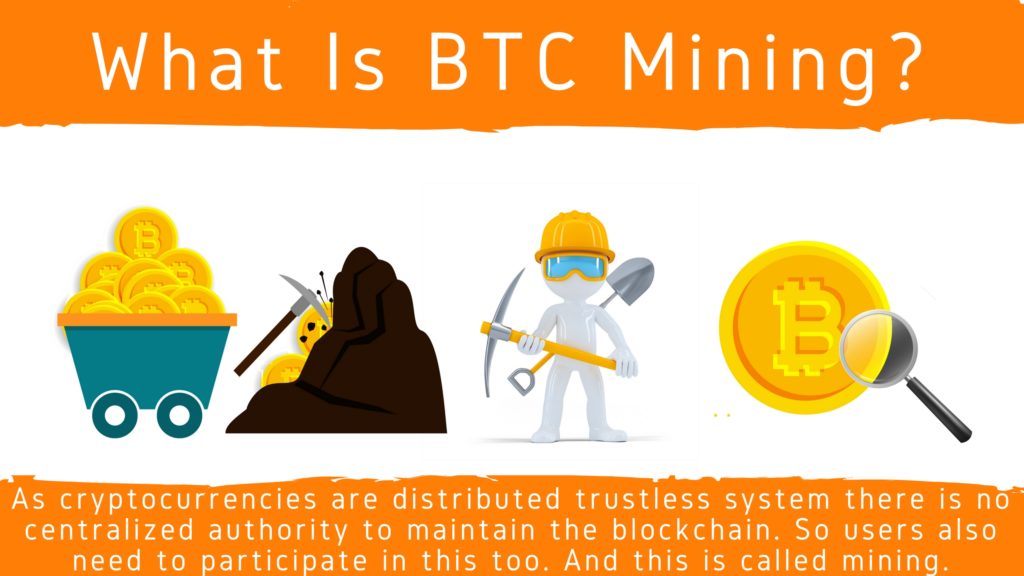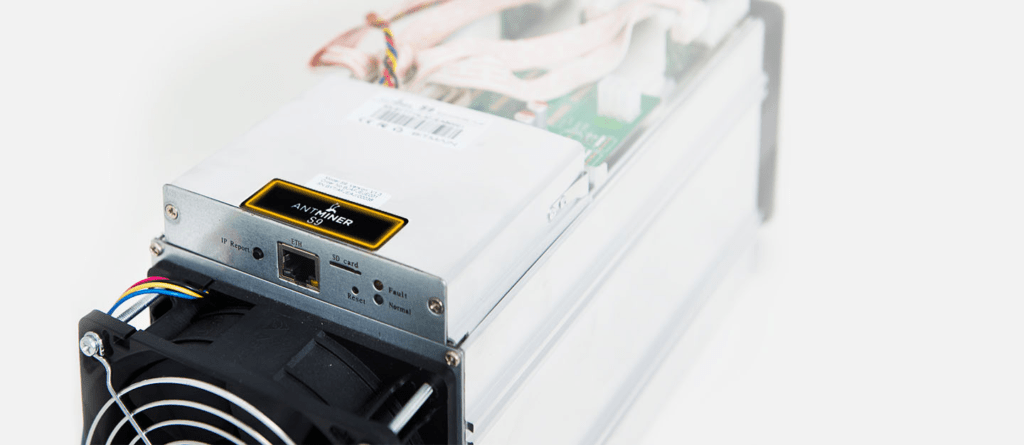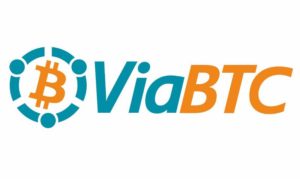Fiat currencies are created by respective governments and corporate bodies. And centralized authorities control the circulation and valuation of these currencies.
However, cryptocurrencies depend on its user and the valuation of cryptocurrency revolves around its market cap and circulating supply.
Cryptocurrencies have a limited supply amount.
For example, for Bitcoin, this is only 21 million units. Plus the cryptocurrency network cannot create the currencies whenever it likes.
Certain rules and steps have to be followed to create even a single unit of a cryptocurrency.
Contents
WHAT IS BITCOIN MINING?
In our traditional currencies as well as in cryptocurrencies a ledger has to be maintained. This ledger is filled with transaction details and updated whenever a transaction happens. In case of traditional currencies, the banks maintain these ledger systems.
So these are private ledgers which only the banks have access to. But in case of cryptocurrencies, everything is peer to peer and public. This publicly accessible ledger is called the blockchain.
The blockchain is a distributed ledger system that contains hashed blocks of records in a linear fashion.
Each block contains information like transaction details and directly link to the previous block in the ledger, thus creating a chain-like structure.
I would like to point out that although most cryptocurrencies use the blockchain, IOTA, a cryptocurrency that is entirely dedicated to revolutionizing the IoT space, uses the “Tangle”.
As cryptocurrencies are distributed trustless system there is no centralized authority to maintain the blockchain. So users also need to participate in this too. And this is called mining.
Miners are special nodes in a cryptocurrency network that verify transactions and maintain the distributed ledger system. In return for their work, the cryptocurrency protocol rewards the miner with a few units of the cryptocurrency.
So miners are also responsible for creating new cryptocurrency units.
Please note that not all cryptocurrencies need miners. Only cryptocurrencies that use Proof of Work to verify transactions need miners.
This includes some popular cryptocurrencies such as Bitcoin, Litecoin, Ethereum, Bitcoin Cash, Dash, Monero etc. In this article, we are only going to talk about Bitcoin mining and Bitcoin mining pools.
Read –
Beginners Guide To Fundamentals Of Cryptocurrency – Buying , Selling & Trading
CLOUD MINING VS INDIVIDUAL MINING
If you want to directly contribute to Bitcoin mining then you have two choices.
Either book a cloud mining solution or mine with your own hardware.
HOW TO MINE BITCOIN INDIVIDUALLY?
Gone are the days when you could mine Bitcoin with a normal GPU rig. Currently, you need extremely powerful ASIC miners to mine Bitcoin.
There are a few ASIC miner companies like BitMain, Avalon etc that I trust. Personally, I like BitMain’s AntMiners as they have the lowest payback period than the rest.
ASIC miners, being extremely sophisticated and specialized hardware, cost a lot of money. For example, a new AntMiner S9 costs $1415 but it comes without a power supply.
So you will have to pay 100 bucks extra for one. But I was talking about the ideal scenario as most of the times these miners remain out of stock. So you will have to get them from aftermarket sellers who make a fortune by selling these 4-5 times the actual price!
Apart from this, ASIC miners are very expensive to maintain also. A single ASIC miner can consume as much as 1500W of power.
So there’s no point of getting one if the electricity bill in your country is very high. Then there’s the problem with cooling solution also.
You will need to have datacentre class cooling systems installed to keep your rigs from getting hot. The Bitcoin mining scene is not really suitable for newcomers anymore.
You will have to have a large capital as well as patience to mine Bitcoin.
HOW TO MINE USING A CLOUD MINING CONTRACT?
There are a few companies who host the miners for you in fully functional mining farms and perform all the maintenance for you. All you need to do is pay the contract fee.
After paying, it’s time to sit back and relax and wait for the mining profits to slowly make its way to your wallet.
In my opinion, the best cloud mining service providers are Genesis Mining, Hashflare, and Hashnet.
Genesis Mining contracts usually remain in heavy demand because of their economic pricing.
In that case, you can go with Hashnet.
ASIC miner production company BitMain is the owner of Hashnet.
As a newcomer with less capital, it makes sense if you opt-in for cloud mining at first.
WHAT ARE MINING POOLS?
If you opt-in for the route to mine Bitcoin individually with your own equipment then joining a mining pool is the wiser choice.
When you join a mining pool or lend your miners hash rate to a mining pool, you work together with other miners. So instead of competing with each other to find the ideal hash, all the miners work together towards a common goal.
But the pool itself acts like an individual node in the Bitcoin network.
This drastically increases your chance of profiting from mining. Because with the current network status with just one ASIC miner you cannot really earn a single penny with solo mining.
Solo mining is only possible for mining farms with hashing power in the petahash range.
Mining pools divide the block rewards in two main ways –
PPS – PPS is the acronym of Pay Per Share. It is the most simple form of reward sharing. In this method, the pool distributes the block rewards among the miners depending upon the hashing power they have contributed to the pool.
For example, if there are only two miners in a pool with 1TH/s hashing power each, then each of the miners will receive half of the actual block reward. Do keep in mind though the pool charges a small fee too.
It is usually in the range of 0.5-1%, but sometimes can even be as high as 2%.
PPLNS – This is a better technique than PPLNS. It stands for Pay Per Last N Shares. In this reward sharing mode the pool uses a fixed number N to divide the reward among the miners.
THE TOP FIVE MINING POOLS
Now that you know everything that you need to know about Bitcoin mining as well as mining pool, it’s time to review some of the best Bitcoin mining pools.
ANTPOOL
AntPool is a China-based multi cryptocurrency mining pool. Currently, it contributes about 19.9% of the total hashing power of the Bitcoin network.
Thus making it the pool with most dominance over the Bitcoin network. BitMain, the same company which makes AntMiner ASIC miners for Bitcoin, owns the AntPool.
Right now the pool has a total Bitcoin hashing power of 2606.36 PH/s! What makes AntPool better than the rest are its awesome dashboard, reliability, and responsiveness.
You can join AntPool for free by visiting this website – Antpool. They employ different reward sharing methods such as PPS, PPLNS, and SOLO.
Unlike some other Bitcoin mining pools, AntPool automatically settles payment every day. AntPool claims that using its PPS+ and PPLNS+ reward sharing method a miner will see 3% to 6% and 5% to 8% increase in earnings respectively.
For PPLNS payment method AntPool doesn’t charge any fee. But for the PPS+ method, the fee is 4% and it also charges a 2% fee as transaction charge.
For PPS method AntPool charges a fee of 5% which is quite reasonable. Because the AntPool has to cover the transaction charges too. And considering the current network congestion, it is higher than ever. For SOLO method the fee is only 1%.
BTC.TOP
The next top Bitcoin mining pool is, BTC.TOP. It is another mining pool from China and currently contributes up to 14.2% of the total hashing power of the Bitcoin network.
The website, as well as the backend, is completely in Chinese. So this pool cannot really be used if you don’t have a command over the language.
Surprisingly enough, this pool doesn’t charge you anything for mining with it and claims that you may see about 3% increase in earnings.
BTC.COM
This is another Bitcoin mining pool from China. BTC.com provides a Bitcoin mining along with a Bitcoin Cash mining pool.
Currently, the pool contributes around 12.9% of the Bitcoin network’s total hashing power. At the time of writing this article, BTC.com has a total hashing power of 2170 PH/s and 139550 miners online.
This mining pool also has an app that shows you vital information like your total hash rate and gives you the ability to control your miners on the go. This pool is also owned by the BitMain group.
BTC.com technically doesn’t have any mining fees associated with it. Also, this pool uses their own reward sharing method called FPPS or Full Pay Per Share.
In this reward sharing method, the pool calculates the standard transaction fee for a certain period and adds it to the block reward (12.5 BTC right now). Then it distributes the whole amount to the participating miners using PPS.
VIABTC
ViaBTC is a multi-cryptocurrency mining pool and cloud mining company. This mining pool is also based in China. But they have servers all around the globe providing at least 99.999% uptime.
Currently, ViaBTC contributes 11.5% of the combined hashing power of the Bitcoin network. They only charge a fee of 4% when mining in PPS mode.
In case of PPLNS and SOLO payment mode, the miners attract a fee of only 2% and 1% respectively! Great uptime and reasonable fees make it a great mining pool to join.
SLUSHPOOL
This mining pool from Czechoslovakia is the first Bitcoin mining pool. Although currently, it is not the topmost pool in terms of combined hashing power, it is still one of the popular pools. It contributes up to 10.9% of the total hashing power of the Bitcoin network.
Typically, this is about 1417 PH/s.
Slushpool started its operation way back in December 2010, just a year after Bitcoin was first launched. Since then it has mined a total amount of 1 million BTC!
Slushpool is a very trusted mining pool. And this fact alone makes it one of the best pools to mine with. Slushpool doesn’t use PPS or PPLNS as reward sharing method like other pools. Instead, it calculates a user’s share of the reward using scoring hash rate of the user.
You will find more details about this method here: Slushpool Rewards.
CONCLUSION
I hope I was able to sum up the top performing mining pools for Bitcoin. Currently, China has the maximum number of miners as well as the maximum number of mining pools.
So unsurprisingly Chinese miners and mining pools contribute the most hashing power of the Bitcoin network thus controlling about 60% of the network.
That means it is the Chinese miners who mine more than half of the Bitcoin and exports them to the whole world. Partially this is because of the cheap electricity rates in China and Chinese government’s unconditional support for its entrepreneurs.








